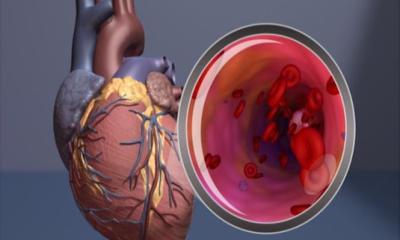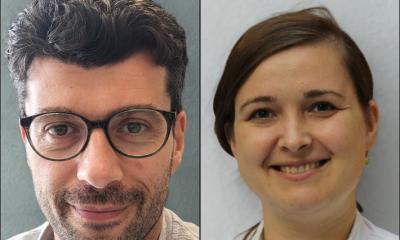Blindness
OCT technology detects blood vessel in the eye
Research published in the Proceedings of the National Academy of Sciences (PNAS) demonstrates that technology invented by researchers at Oregon Health & Science University’s Casey Eye Institute can improve the clinical management of the leading causes of blindness. Optical coherence tomography (OCT) angiography could largely replace current dye-based angiography in the management of these diseases.

OHSU researchers found that OCT angiography has considerable advantages over conventional techniques for the diagnosis and management of macular degeneration, diabetic eye disease and glaucoma, the leading causes of blindness in the United States. “This is a significant breakthrough technology that could fundamentally change the way ophthalmologists diagnose and care for patients with retinal vascular diseases that cause blindness,” said David Wilson, M.D., Director of the OHSU Casey Eye Institute and Chair of the Department of Ophthalmology in the OHSU School of Medicine. “It will also allow us to diagnose patients earlier, permitting more timely treatment to avoid irreversible loss of vision.”
OCT angiography has been in development for several years in a few centers around the world. The key breakthrough that Yali Jia, Ph.D., study investigator and Assistant Professor of Ophthalmology at OHSU School of Medicine, OHSU Casey Eye Institute, and David Huang, M.D., Ph.D., study investigator and Peterson Professor of Ophthalmology, OHSU School of Medicine, OHSU Casey Eye Institute achieved was an algorithm called “split-spectrum amplitude-decorrelation angiography” (SSADA) that improved the quality of OCT angiography. “We worked very hard to bring this new technology to clinical use only three years after its invention,” said Dr. Jia. “We are thrilled that its initial clinical demonstrations in a number of important eye diseases could be made public in a prestigious journal such as PNAS.”
The OCT angiography used in the study is a noninvasive three-dimensional alternative to conventional angiography. It does not require injections and allows clinicians to measure vascular density and blood flow in vessels in a quantitative manner. This provides new information that is very useful for clinical diagnosis and management.
Conventional dye-based angiography produces a two-dimensional image that cannot be evaluated quantitatively. It also is an invasive procedure in which orange dye (fluorescein) is intravenously injected to illuminate the blood vessels. This procedure can cause nausea and vomiting, and, rarely anaphylaxis, which is a serious allergic reaction.
“The new OCT angiography will be much less invasive for patients. As a result, it is ideal for screening patients for disease and routine checkups to see if treatments are working,” said Dr. Huang. “I believe this technology will be used much more frequently than conventional dye-based angiography because it is faster, better, safer and cheaper. This will also surely lead to better management of eye diseases.”
Source: Oregon Health & Science University
07.05.2015











